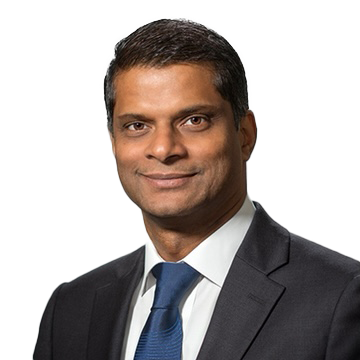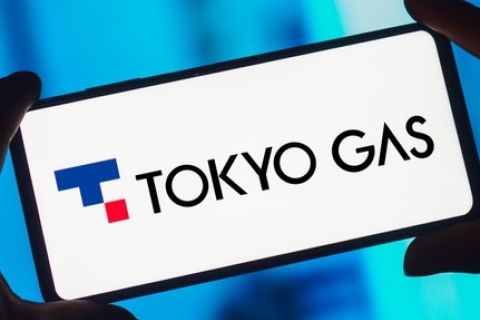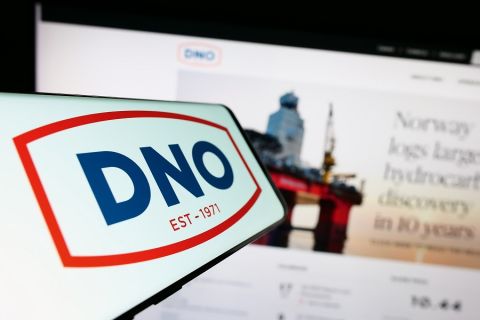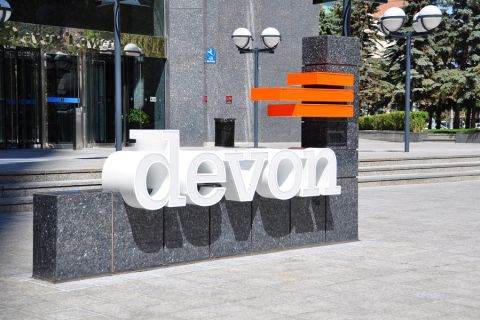Presented by:

This article appears in the E&P newsletter. Subscribe to the E&P newsletter here.
With more technology than ever at operators’ fingertips, the oil and gas industry is able to climb to unprecedented heights. However, there is such thing as too much of a good thing.
New technological innovations in rig automation are generally seen as positive advancements among operators, but they can become overwhelmed when it comes to managing and coordinating all of them at once.
Ashley Fernandes, vice president of drilling technology with Precision Drilling, explained how rig automation challenges can be overcome through a combination of the right planning and data collection in the “Rig Automation and Digitalization Increases Drilling Productivity” webinar on March 3.
“Automation is still people-dependent,” Fernandes said. “What we get with automation is consistency to using processes that are better connected and input into the automation system.”
‘Foundation of automation’
In an analogy between drilling and driving a car, Fernandes explained how the rig site’s technological applications should fit together, saying, “You can turn your car on to cruise control and drive down a road every day with the road conditions changing when it's snowy or icy or there’s road work. So to maneuver these disturbances while you are willing or driving, you need to have other applications that can take care of this.”

—Ashley Fernandes,
Precision Drilling
(Source: SPE Live)
The glue holding the applications together are the digital well plans, or the “foundation of automation,” as they ensure that everyone on the rig site, engineers to rig crews, are on the same page in the maneuvering process. Operators structure these plans to organize processes on the site such as case running and power generation.
“Digital well plans and roadmaps are the key to everything performance,” he said. “You put in a poor digital well plan, you put your design into the CNC machine, X, Y, Z [occurs], and if you have a poor vector access touch, you're not going to get a good design.”
“We don't want grow fast and trip too many times,” Fernandes continued. “We want to make sure that we can build fast, keep the PH [down] the hole, make sure we get to the goals of total depth and then pull out of the hole.”
High-definition data
For everything to run smoothly, the automation requires an increased level of high-definition data, which ends up being between 5 Hz and 8 Hz, according to Fernandes.
“We ingest today around 70 billion types of data—that’s a lot of data that flow in,” Fernandes said. “Think about this: We have around 120 average rigs working today, [and] 70 billion tags of this come in to our servers, get processed, get analyzed, get pushed back out into the systems we need.”
Fernandes recommends making decisions about the rig site based not only on historic data, as some operators have done in the past, but also on the current data being collected in the field. While there is value in studying historic data, he doesn’t see how operators will be able to move forward by relying on that alone.
“If you want to see how fast a bit is staggering [the] bottom and how fast you're running half a meter or a meter from the slips to the bottom of the hole, and you want to see where the bit engages rock, you need to have high-definition data,” he said.
Future of automation
What Fernandes sees for the next phase of automation is not expanding into new processes, but rather solidifying the existing processes and growing their applications.
“Drilling is a fixed set of processes," he said. "We're not going to invent anymore processes, but what we will expand is the number of apps or sub-processes—things that will then refine further processes. We’re going to grow in that space tremendously.”
Recommended Reading
DXP Enterprises Buys Water Service Company Kappe Associates
2024-02-06 - DXP Enterprise’s purchase of Kappe, a water and wastewater company, adds scale to DXP’s national water management profile.
ARM Energy Sells Minority Stake in Natgas Marketer to Tokyo Gas
2024-02-06 - Tokyo Gas America Ltd. purchased a stake in the new firm, ARM Energy Trading LLC, one of the largest private physical gas marketers in North America.
California Resources Corp., Aera Energy to Combine in $2.1B Merger
2024-02-07 - The announced combination between California Resources and Aera Energy comes one year after Exxon and Shell closed the sale of Aera to a German asset manager for $4 billion.
DNO Acquires Arran Field Stake, Continuing North Sea Expansion
2024-02-06 - DNO will pay $70 million for Arran Field interests held by ONE-Dyas, and up to $5 million in contingency payments if certain operational targets are met.
Report: Devon Energy Targeting Bakken E&P Enerplus for Acquisition
2024-02-08 - The acquisition of Enerplus by Devon would more than double the company’s third-quarter 2023 Williston Basin production.





